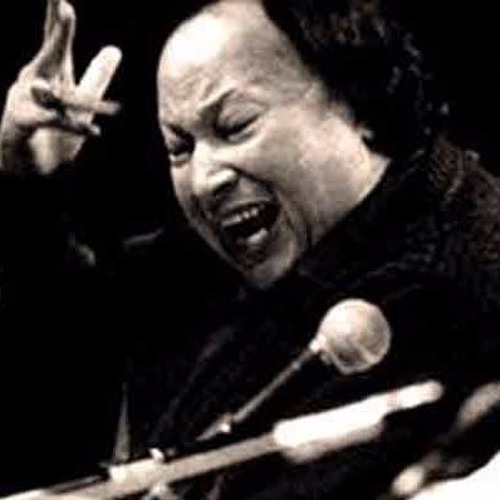

“Dekho na yun meri jaan mujhe tirchi nazar se The words were sweet, innocent and yet zestful: The lead singer was a frail old, bearded man, but when he started his piece, the entire area was filled with the liveliest music - the vocals were accompanied by the daf (a bass tambourine without cymbals) and two men made precise moves to its beat. They were to perform the little-known form of chahar-bait. And then, a group walked in and put up a performance unlike any other. In the beautiful setting of Central Park, at the heart of Delhi’s Connaught Place, we all settled down to listen to ghazals, qawwalis and sufi kalams sung by artists, most of whom were known to me. At the recently concluded weeklong Jashn e Wirasat e Urdu (Urdu heritage festival) organised by the Urdu Academy, I chanced upon a new and now endangered genre.

Musical traditions in India are so varied that one keeps discovering new aspects to them every day.


 0 kommentar(er)
0 kommentar(er)
